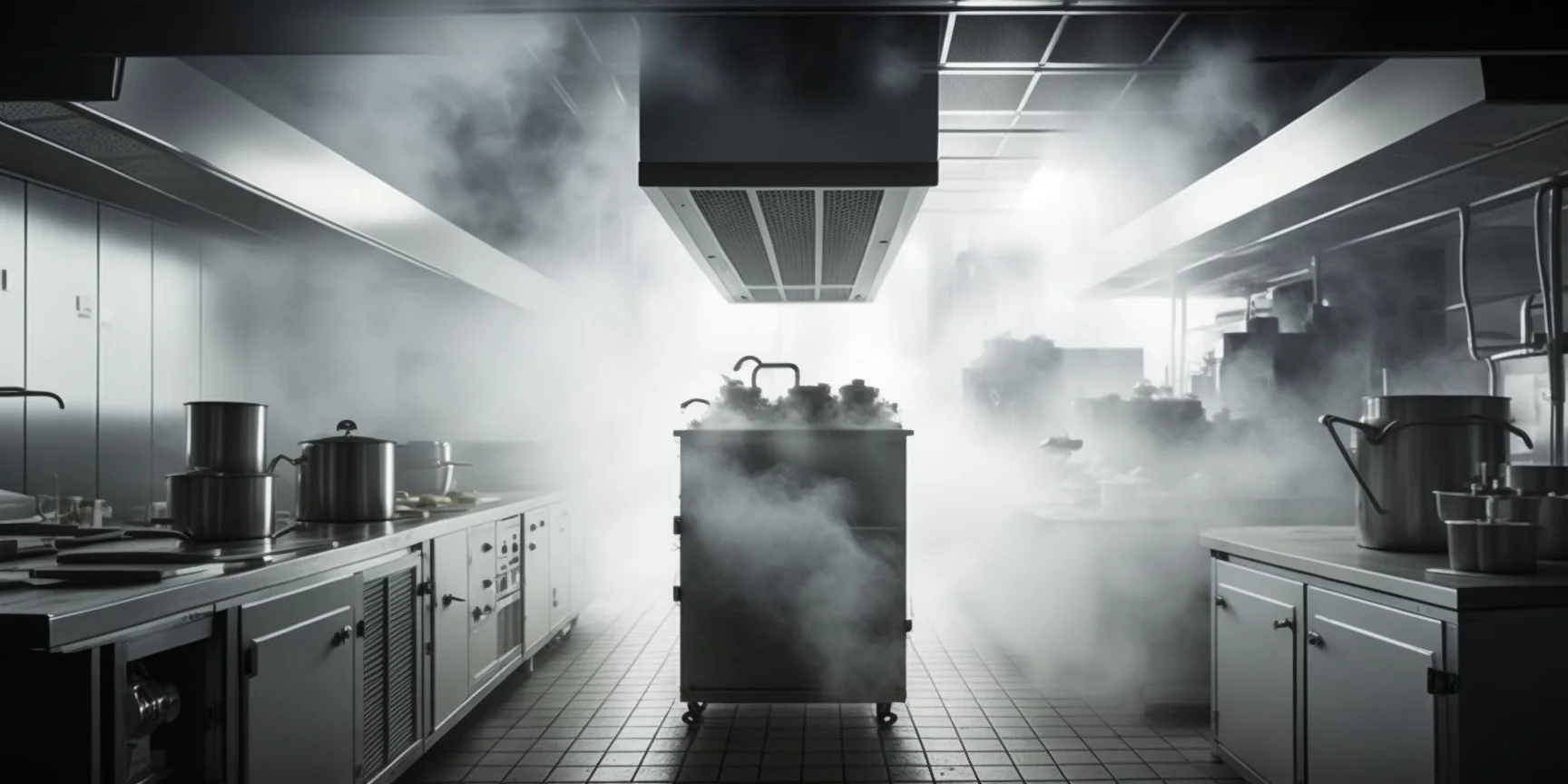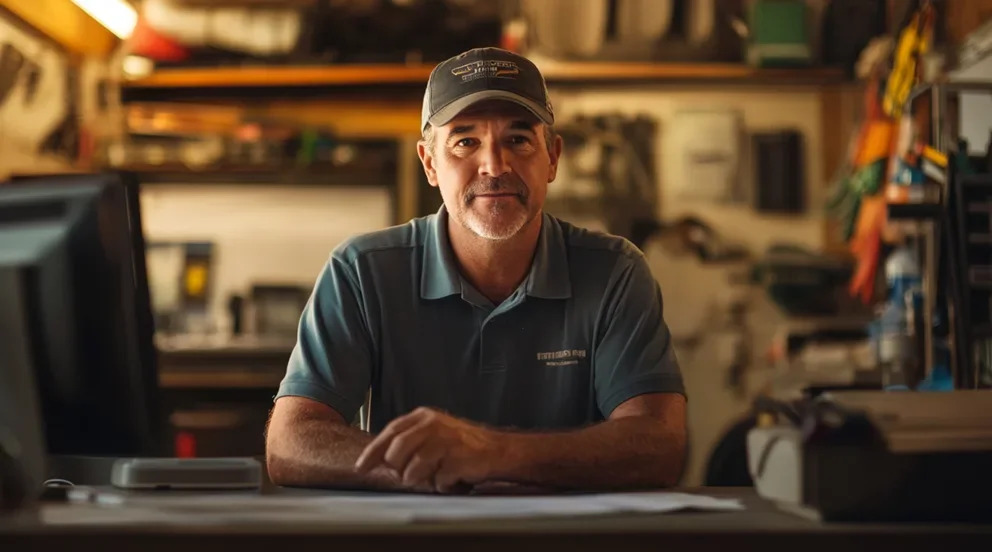The Fire Suspension System is a critical part of keeping buildings safe and secure from fires. It works by suspending a fire-resistant material, typically a metal mesh or blanket, between two sides of the building. This suspended material forms an impermeable barrier that prevents flames and smoke from passing through and entering the building. It also helps to contain any heat generated by the fire, which can be damaging to the structure of the building.
The Fire Suspension System is designed to meet specific fire safety requirements, such as fire resistance rating (FRR), flame spread rating (FSR), smoke development rate (SDR), sound transmission class (STC) and impact insulation class (IIC). The system must also be able to withstand extreme temperatures and pressures from intense fires, making them resistant to degradation. Fire Suspension Systems are often required in certain types of buildings such as hospitals, schools, offices and hotels.
The System requires professional installation by certified technicians who understand the complexities of designing and installing these systems correctly. It’s important that they take into consideration factors such as ceiling height, wall thicknesses, insulation materials, door frames and other features in order to ensure proper installation and maximum fire protection. Once installed, regular maintenance is recommended in order to ensure optimal performance of the system for years to come.
Fire Suspension Systems are a critical component in ensuring safety during a potential fire emergency. They provide an effective way to protect people and property from extensive damage caused by flames or smoke inhalation. For this reason it’s vital that these systems are properly installed and maintained for maximum efficiency in protecting against potential fires.
Types of Businesses that Need Fire Suspension System
In any type of business where a fire is likely to be hazardous, it is essential to have an effective fire suspension system in place. This system helps protect workers and customers from the risks associated with potential fires, including injury or death. Businesses that would need a fire suspension system include hospitality and leisure venues such as hotels, restaurants, and nightclubs; industrial facilities such as manufacturing plants; warehouses; offices; retail stores; supermarkets; schools and universities; hospitals and health care centers; transportation hubs such as airports and train stations; high-rise buildings with multiple floors or apartments; theaters, concert halls, and stadiums.
For these types of businesses, installing a fire suspension system can help prevent the spread of fire between different levels or sections of the building or facility. It can also provide additional protection against smoke inhalation and other injuries caused by heat created by fires. Additionally, a fire suspension system can reduce the risk of costly property damage from fires. Fire suppression systems work by spraying specialized chemicals onto flammable surfaces to put out fires quickly before they get out of hand. They are usually triggered automatically when smoke detectors detect smoke in the area.
Having an efficient fire suppression system in place is key for any business that could be at risk of a potentially dangerous fire hazard. Installing these systems can help save lives, minimize property damage from fires, and keep workers safe by providing them with an extra layer of protection against potential disasters.
Different Types of Fire Suspension System
There are several types of fire suspension systems commonly used today. These include mechanical, hydraulic, and pneumatic systems, each of which has its advantages and disadvantages.
Mechanical systems are the simplest and most cost-effective option for many applications. They typically use steel cables or ropes to suspend objects from the ceiling or walls. This type of system is known for its durability and affordability, but it also requires regular maintenance to ensure that it works properly.
Hydraulic systems are more complex than mechanical ones, as they involve pressurized fluid that can be used to lift heavy loads. This type of system is popular in industrial settings due to its power and efficiency, but its complexity also increases the cost of installation and maintenance.
Pneumatic systems use air pressure instead of fluid pressure to lift loads. This makes them lighter than hydraulic suspensions while still providing a strong and reliable lifting solution. However, they require more maintenance than other types of suspensions due to their reliance on air compressors and other components that must be regularly serviced.
No matter what type of fire suspension system you choose for your project, it’s important to consider all factors before making a final decision. Consider your budget, desired strength, safety requirements, and available space when selecting the right system for your needs.
Components of a Fire Suppression System
A fire suspension system consists of several components that work together to provide fire suppression for a building or facility. The primary components are the sprinkler system, water supply, fire pumps, and alarm systems. Each component plays an important role in providing adequate protection in the event of a fire.
The sprinkler system is a carefully crafted network of pipes and sprinklers that are connected to a main water source. It is designed to activate automatically when temperatures exceed a certain threshold or when smoke is detected. This system ensures that water will be released onto any area of the building in order to provide optimal fire protection.
The fire pumps are responsible for maintaining constant pressure to ensure that all areas of the facility can be adequately protected in the event of a fire. This pressure maintains consistent distribution of water throughout the building, giving firefighters time to act accordingly before any major damage occurs.
The alarm systems are also a critical component as they alert any nearby personnel or authorities in case of a potential emergency. These alarms can be triggered either manually or automatically depending on how much risk there is present in an area. By providing this warning ahead of time, it allows for quicker response times which can ultimately save lives and property in the long run.
All these components must be maintained regularly to ensure their efficiency over time and to prevent any malfunctions from occurring while actively suppressing fires within a given facility. Regular maintenance should include inspections and testing to confirm proper functioning of all components involved in order for them to remain effective when needed most.
Important Considerations Before Procurement
Business owners should be aware that the procurement of a Fire Suspension System is an important decision and one that could potentially save lives. A Fire Suspension System is essentially a network of interconnected sprinklers, pipes, and valves that detect and suppress a fire before it can cause significant damage or injury. It works by detecting heat generated from a fire and releasing water through the system to control or extinguish it.
A properly installed system can help prevent extensive damage or injury in the event of a fire breaking out. It is also important to note that such systems are designed to withstand extreme temperatures in order to ensure proper functioning. Therefore, it is necessary to choose products manufactured with high-grade materials and components that meet industry standards in order for the system to perform optimally.
When procuring a Fire Suspension System, business owners should ensure they receive installation manuals along with instructions on maintenance and testing procedures so their staff can carry out these tasks confidently. Additionally, businesses should partner with experienced professionals who have knowledge about Fire Suspension Systems in order for them to guarantee effective design and installation services.
It’s important for business owners to take all due diligence steps before procuring a Fire Suspension System. Business owners should research the available product options as well as the qualifications of those installing it in order to make sure everything runs smoothly when it comes time for implementation.
New Technology for Streamlined Operations and Maintenance
Yes, there are new technologies that have streamlined the operation and maintenance of Fire Suppression Systems. Advances in automation and digitalization have made it possible for fire suppression systems to be monitored remotely, allowing for faster response times and more efficient operations.
Using internet-of-things (IoT) technology, sensors can be installed to detect any changes in a system’s status or environment that can indicate a fire risk. This data is then sent to a central monitoring station where personnel can take appropriate action. The sensors also help with predictive maintenance, improving system reliability and reducing downtime by alerting staff of any potential problems before they occur.
Cloud-based analytics have also been incorporated into fire suppression systems, allowing users to gain insights into performance levels and operational effectiveness as well as identifying areas of improvement. By collecting data from multiple sites all over the world, cloud analytics provide an overview of how different systems are performing at any given time. This helps to ensure that optimal safety protocols are being implemented across all locations.
In addition, artificial intelligence (AI) is being used to help analyze large volumes of data quickly and accurately. AI can detect patterns in data that may otherwise be overlooked by manual inspection methods, leading to faster response times and more effective operations when it comes to fire suppression systems.
These innovative technologies have helped streamline the operation and maintenance of Fire Suppression Systems, providing a much higher level of efficiency and safety than ever before.



